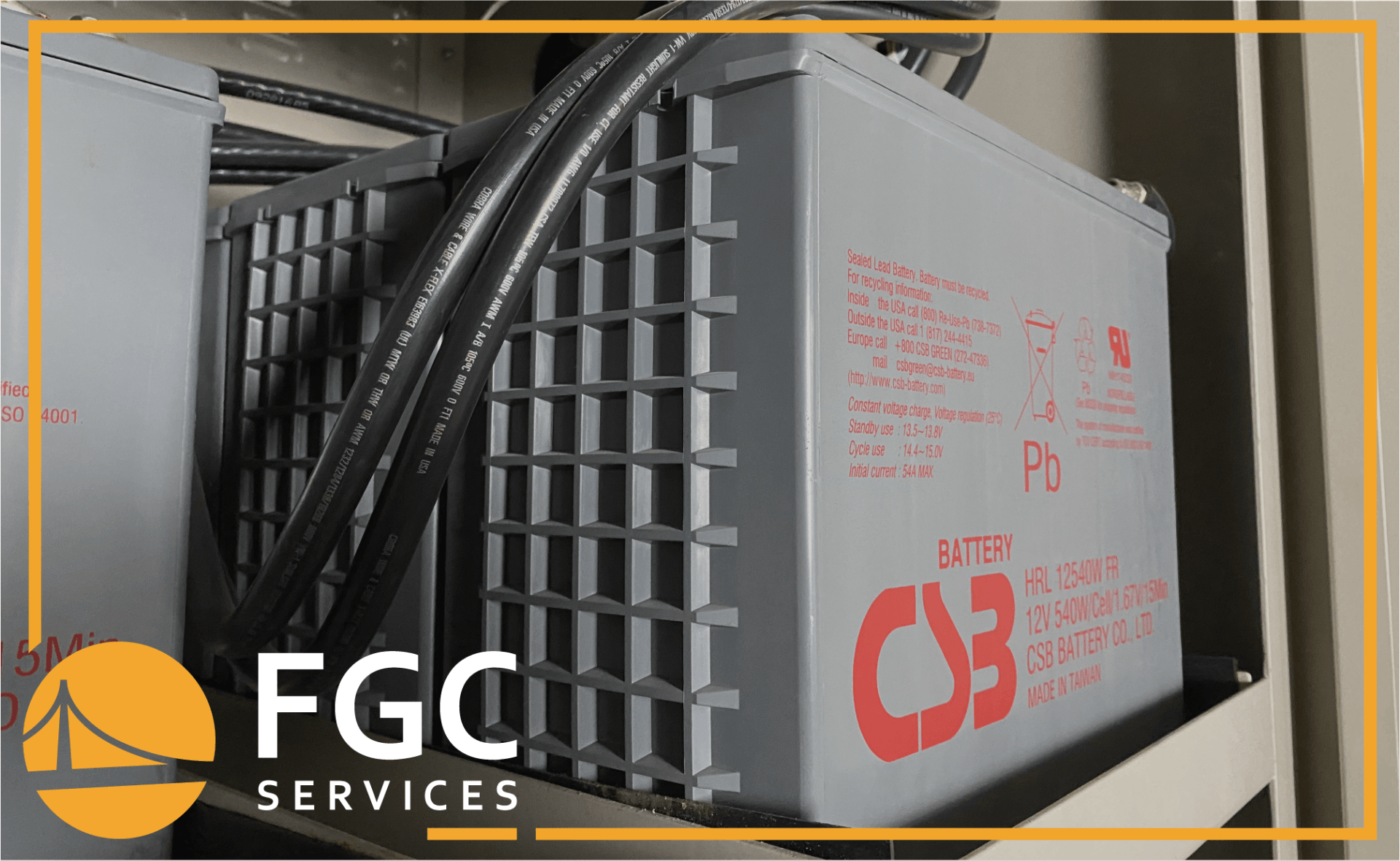Case Study #8: A Case of a UPS in Bypass
21 October 2022
Share this article:
Type of Customer/Facility: Casino
Location: Pennsylvania
Product: 2008 UPS System, Eaton 9390. Backs up the south end of the property
Service Level: Full service including parts, labor, and emergency calls
Summary: After phone technical support and a site visit, our field engineers determined the root cause of the UPS bypass were multiple outdated parts. Our field engineer visited the site and determined the UPS unit had outdated capacitors, fans, and batteries, resulting in the UPS’ failure.
Preliminary Actions: The unit was operating in bypass mode upon the emergency notification. The circuit breaker on the UPS unit continuously tripped and would not close. A missing or disabled wire was the suspected culprit from phone technical support. The unit was newly under contract and had not received a preventative maintenance visit prior to the emergency.
Mean Time to Repair (MTTR): 24 Hours to Diagnose and Quote
Failed Parts: Capacitors, Fans, and Batteries
Findings/Solutions:
1. Our field engineer performed phone technical support to determine what was causing the UPS unit to be in bypass.
2. Another of our field engineers visited the site the same day as the emergency call, examined the UPS unit, and determined the capacitors, fans, and batteries were outdated in the UPS unit.
3. The outdated parts were quoted the next business day.
4. After two weeks, the client returned the purchase order. We were able to order the parts from our supplier three days later.
Connect with Us:





